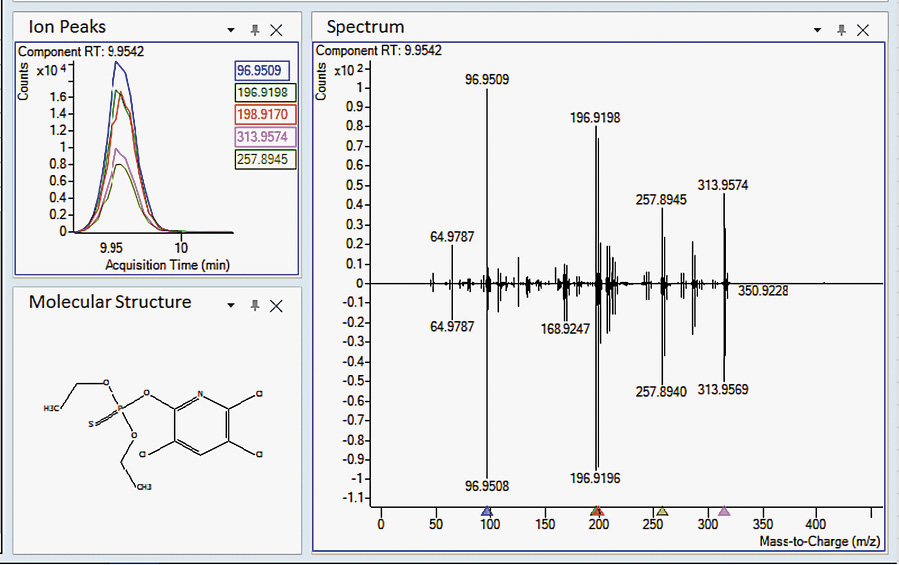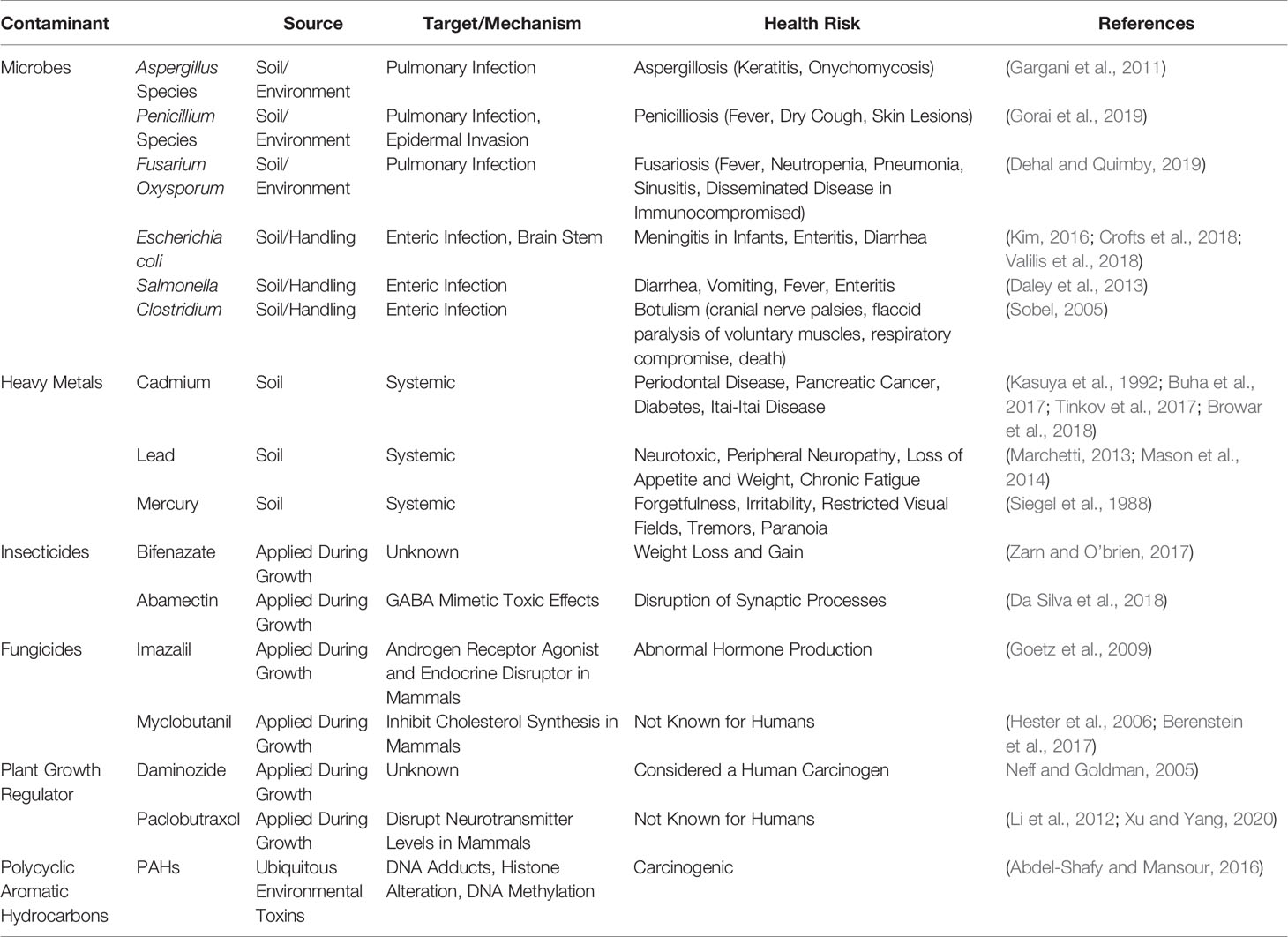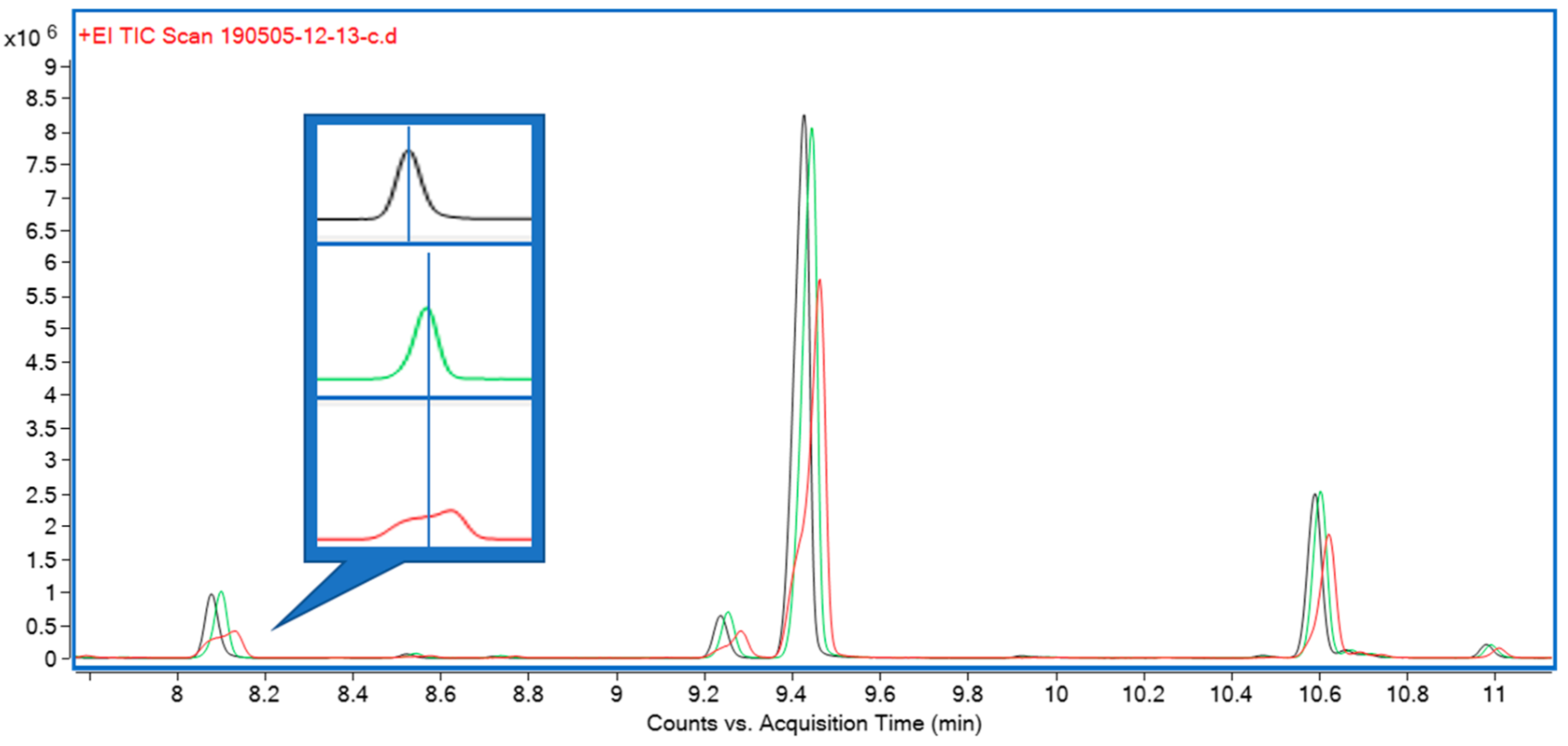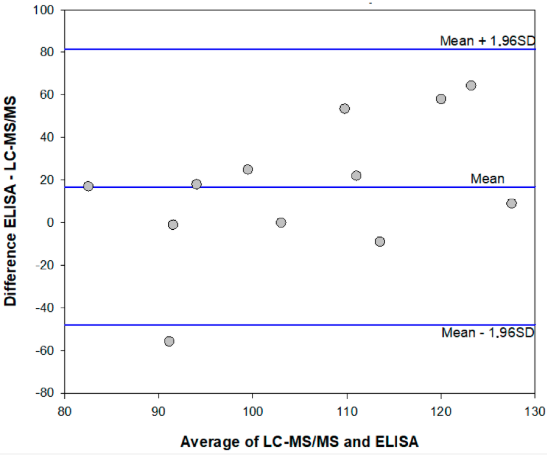 |
If you're looking for other "Article of the Month" archives: 2020 - 2021 - 2022 - 2023 |
Featured article of the month archive - 2020
Welcome to the CannaQAwiki 2020 archive for the Featured Article of the Month.
Featured article of the month: December 2020:"Screening for more than 1,000 pesticides and environmental contaminants in cannabis by GC/Q-TOF"
A method has been developed to screen cannabis extracts for more than 1,000 pesticides and environmental pollutants using gas chromatography coupled to a high-resolution accurate mass quadrupole time-of-flight mass spectrometer (GC/Q-TOF). An extraction procedure was developed using acetonitrile with solid-phase extraction cleanup. Before analysis, extracts were diluted 125:1 with solvent. Two data mining approaches were used together with a retention-time-locked Personal Compound Database and Library (PCDL) containing high-resolution accurate mass spectra for pesticides and other environmental pollutants. (Full article...)
Featured article of the month: November 2020:
"Cannabis contaminants limit pharmacological use of cannabidiol"
For nearly a century, cannabis has been stigmatized and criminalized across the globe, but in recent years, there has been a growing interest in cannabis due to the therapeutic potential of phytocannabinoids. With this emerging interest in cannabis, concerns have arisen about the possible contaminations of hemp with pesticides, heavy metals, microbial pathogens, and carcinogenic compounds during the cultivation, manufacturing, and packaging processes. (Full article...)
|
Featured article of the month: October 2020:
"A high-throughput method for the comprehensive analysis of terpenes and terpenoids in medicinal cannabis biomass"
Cannabis and its secondary metabolite content have recently seen a surge in research interest. Cannabis terpenes and terpenoids in particular are increasingly the focus of research efforts due to the possibility of their contribution to the overall therapeutic effect of medicinal cannabis. Current methodology to quantify terpenes in cannabis biomass mostly relies on large quantities of biomass, long extraction protocols, and long gas chromatography (GC) gradient times, often exceeding 60 minutes. They are therefore not easily applicable in the high-throughput environment of a cannabis breeding program. The method presented here, however, is based on a simple hexane extract from 40 mg of biomass, with 50 μg/mL dodecane as internal standard, and a gradient of less than 30 minutes. (Full article...)
|
Featured article of the month: September 2020:
"Enzyme immunoassay for measuring aflatoxin B1 in legal cannabis"
The diffusion of the legalization of cannabis for recreational, medicinal, and nutraceutical uses requires the development of adequate analytical methods to assure the safety and security of such products. In particular, aflatoxins are considered to pose a major risk for the health of cannabis consumers. Among analytical methods that allow for adequate monitoring of food safety, immunoassays play a major role thanks to their cost-effectiveness, high-throughput capacity, simplicity, and limited requirement for equipment and skilled operators. Therefore, a rapid and sensitive enzyme immunoassay has been adapted to measure the most hazardous aflatoxin B1 in cannabis products. (Full article...)
|
|
|



